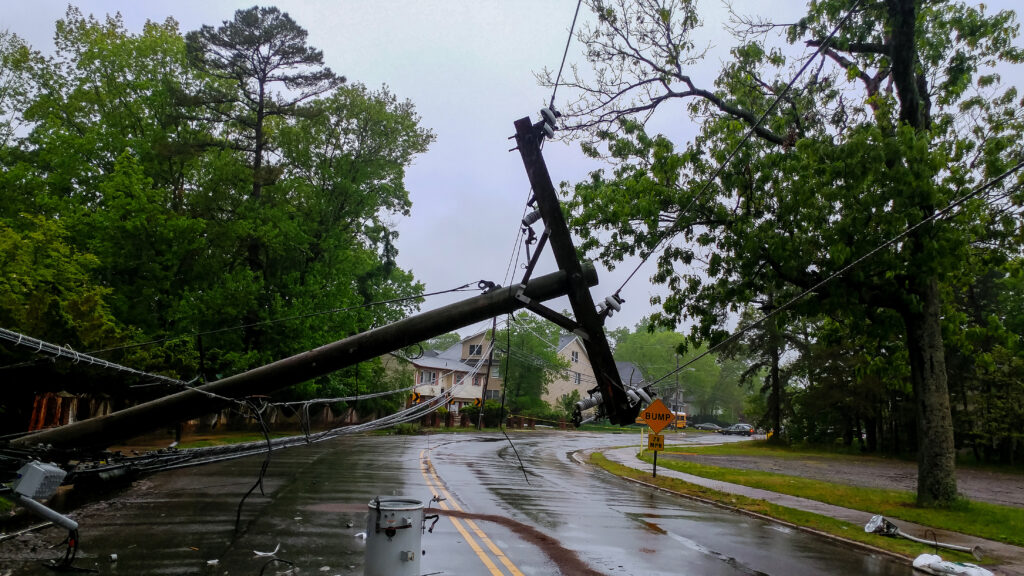
CEO, Tennessee Electric Cooperative Association
I don’t normally think about Tennessee as a place that might be affected by hurricanes. Tornadoes and ice storms come all too often, and the threat of earthquakes is a real concern in the western part of the state near the New Madrid fault line. But hurricanes are formed in the ocean and make landfall along the coast, and the closest beach to my Tennessee home is over 350 miles away.
Hurricane Helene, however, affected our great state in unprecedented ways. When it made landfall near Perry, Florida, just before midnight on Sept. 26 as a powerful Category 4 hurricane, the storm was over 400 miles wide. While the storm forced the ocean onto land and battered the Big Bend region of Florida, its outer bands were already bringing rain to the Volunteer State.
As the center of Helene tracked northward, eventually passing to the east of Atlanta, its rain saturated the soil, and its high winds toppled trees and knocked down power lines. Outages were widespread. And just as the storm reached the area where Georgia, South Carolina and North Carolina meet, it took a 45 degree turn northwest.
This caused its heavy rains to languish over western North Carolina and East Tennessee. Unfortunately, a separate cold front had previously parked over the same area, saturating the ground and filling rivers and streams ahead of Helene.
This would prove catastrophic as the very attributes that give the mountains their natural beauty would soon intensify the already massive amount of rain the hurricane was bringing.
Called the orographic uplift effect, the rising topography of the land along the storm’s track caused the overall amount of rain to increase. This occurs because as a storm is forced to move higher into the atmosphere and rise up and over the mountains, the air cools and condenses. The cooler, less dense air can hold less moisture and drops more precipitation.
It is estimated that Hurricane Helene dumped more than 40 trillion gallons of rain onto the earth. That is enough water to supply every home in America for over three years.
As all that rain fell onto the mountains, it ran downhill into the valleys and streams that eventually flow into rivers. It is along these streams and rivers where towns are built and most of the infrastructure that supports human life is located.
The Pigeon River, for instance, which flows around the town of Newport, would normally be considered at flood stage when it reaches 8 feet deep. During Helene, however, it set a record depth of 30 feet, 6 inches. The French Broad River saw a similarly rapid increase as it flowed toward Douglas Lake. Millions of television viewers saw the real-world effects of massive flooding in images of the Unicoi County Hospital in Erwin surrounded by a raging river with National Guard helicopters rescuing patients from the roof.
As the waters receded, the devastation left behind has been immense. While the death toll will eventually be fully known, weeks afterward there were still ongoing searches for missing people. The damage to property is measured in the billions of dollars. Power was being restored by hardworking lineworkers — heroes of their own kind — who descended into the area from all across Tennessee, Virginia and other surrounding states.
Though its origins were in the tropics, Hurricane Helene will be remembered for its effects far away from the ocean. I hope you will join me in finding a way to be #MountainStrong and support those who have been affected.



